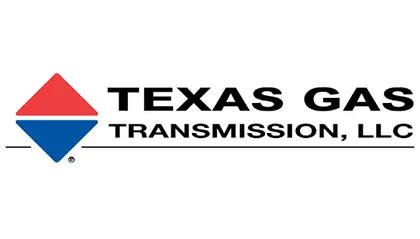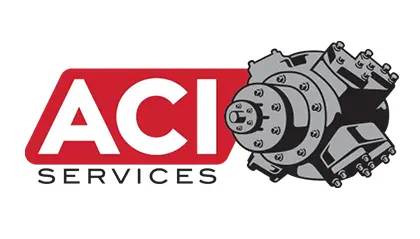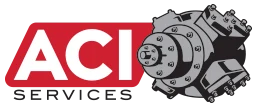Issue
Overloading is when the compressor needs more power to compress the gas at current conditions than what the driver (an engine or a motor) can deliver without damage to that driver. Drivers are expensive, so damaging and/or stressing them is not a viable option. Sometimes, a larger driver with more power potential is the only answer. But, that’s usually not the case.
ACI Expert Advice
- Overloading can be addressed by many options. Reducing speed is one method many use, but speed in general is not a good method for controlling load (power required). Pinching suction pressure is another method often used, but 50% of the time reducing speed actually increases load on the compressor, so it must be used with great caution – plus it is very inefficient. Recycling gas can be used, but it is extremely inefficient.
- Fortunately, reciprocating compressor have numerous other options for unloading (and hence loading). These include fixed volume clearance pockets, variable volume clearance pockets, end deactivators, and timed-valve closing devices.
- These devices allow the unit to unload (or load) to meet compression goals.
- At times, a compressor cylinders are just too large for current operating pressures. Thus, another option is to consider lining the cylinders so that they have smaller bore diameters.
- Other options include valve spacers, head spacers, shorter pistons, radial or double-deck valves with lots of added fixed clearance, etc.
- Regardless of the options available, it is important that the solutions proffered meet the goals of the end user. After reviewing customer goals, ACI creates multiple solutions and then works with that customer to identify which solution best achieves those goals.






